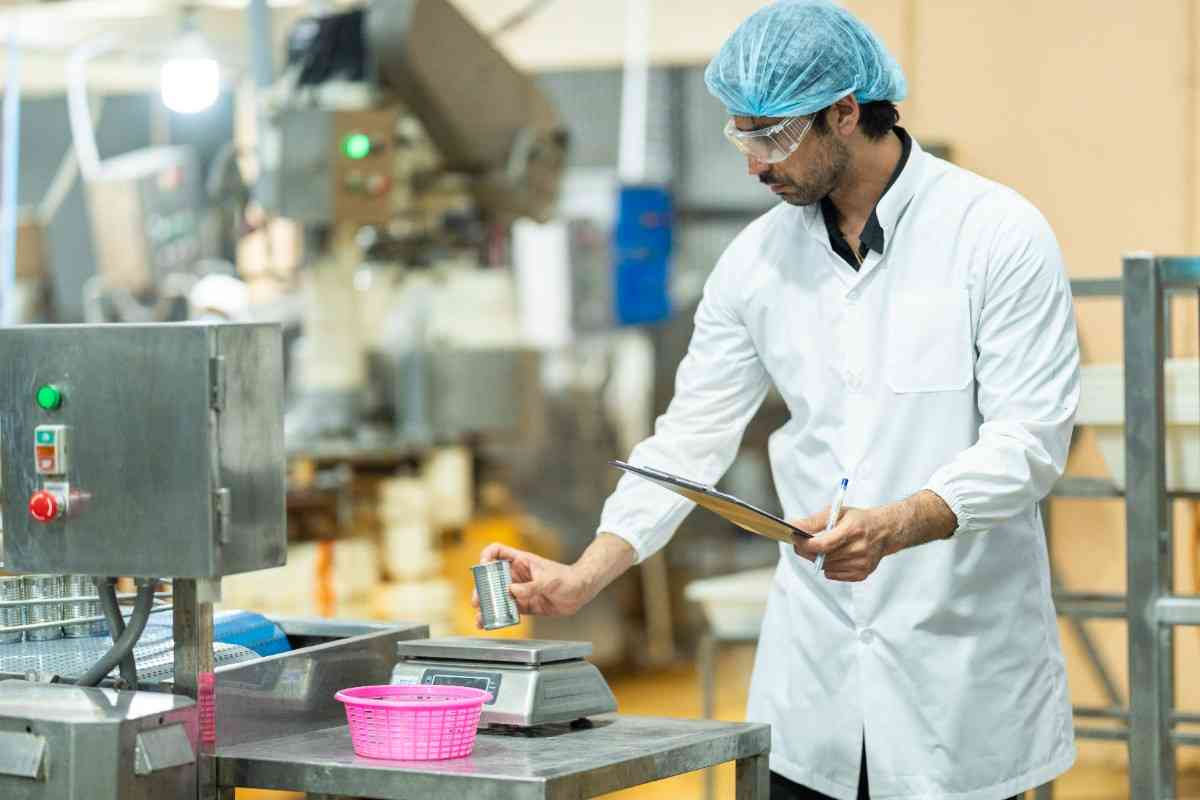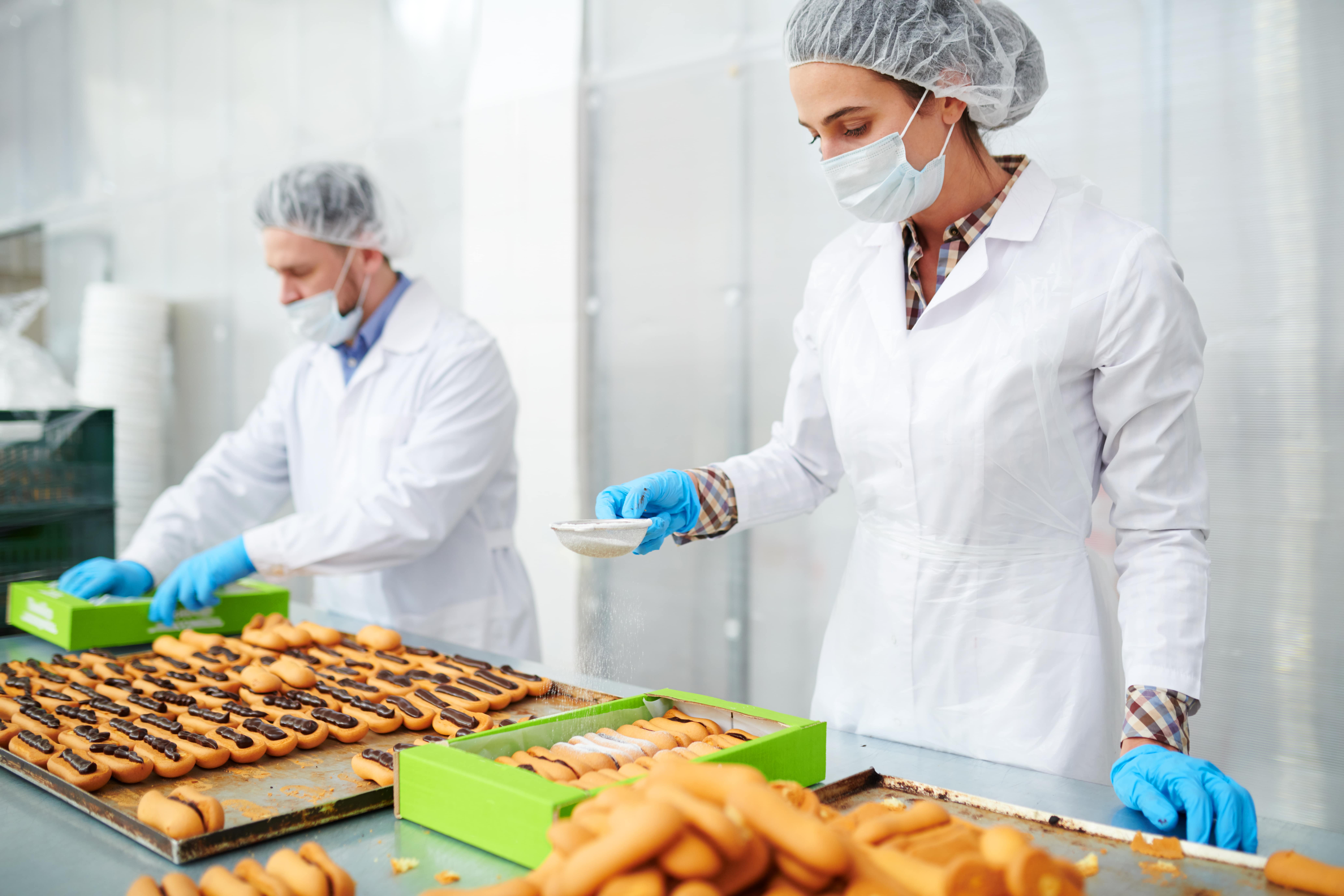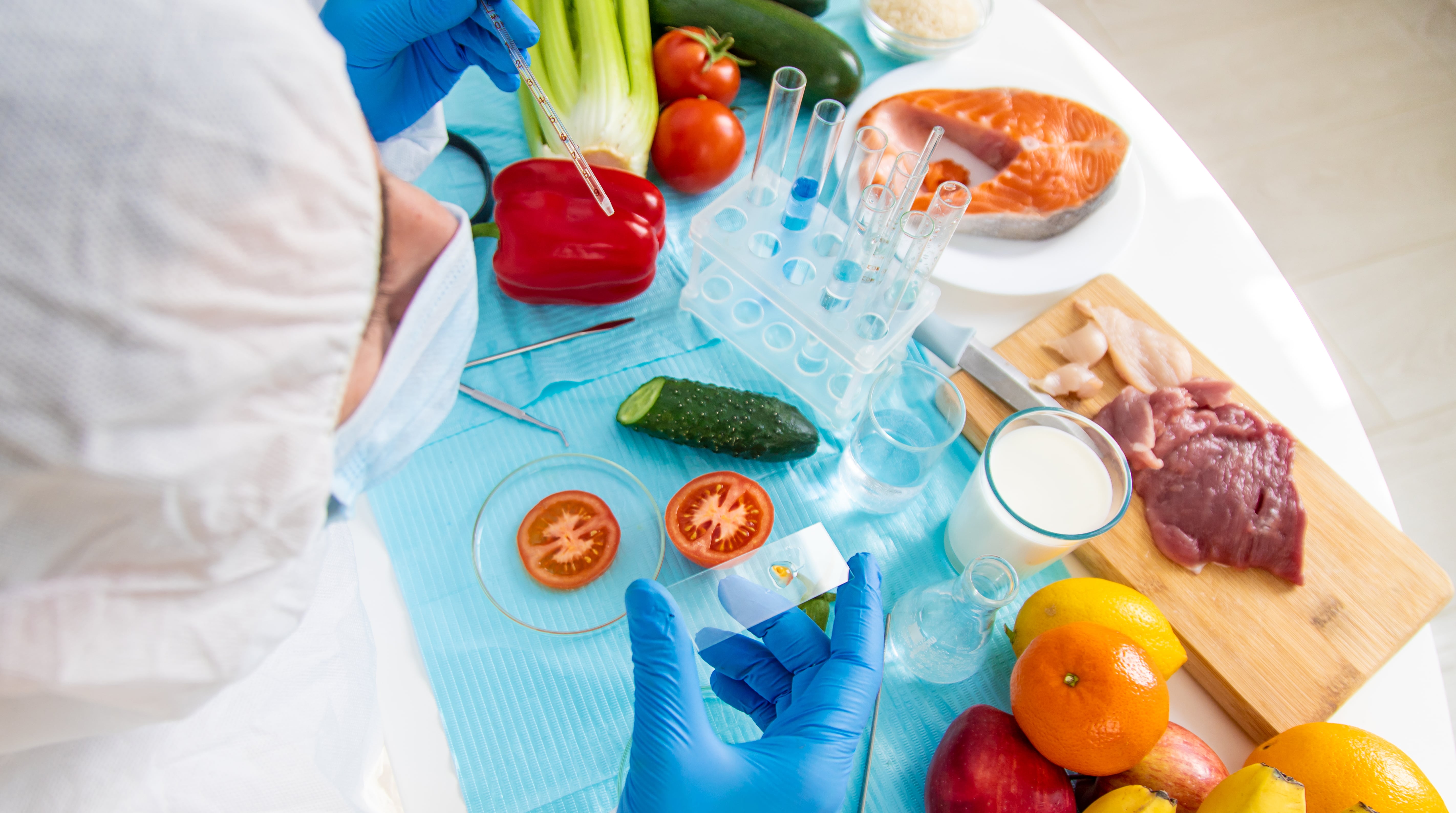Last Updated on February 17, 2025 by Admin
Table of Content |
In this demanding world, consumers want fresh, wholesome, and minimally altered food products with long durability and shelf life. High-Pressure Processing (HPP) has proved to be a revolutionary technology capable of meeting such demands. HPP food processing utilizes high-pressure water instead of heat or chemical preservatives to remove all harmful organisms without compromising on the freshness, flavour, or nutritional content of the food.
The use of HHP has expanded to multiple segments such as beverages, ready-to-eat meals, and even packaged fresh produce. It provides a viable solution towards safety, food cleaning, and improving shelf life which is already on the rise within the current food industry.
What is High-Pressure Processing (HPP)?
HPP utilizes a non-thermal method that deploys unbearable pressure in the range of 300-600 MPa to render food safe by neutralizing the pathogenic and spoiling factors. This procedure utilizes a specialized machine that is filled with water in a chamber where the food’s final packaging is dipped.
Unlike heat treatments, HPP stays away from utilizing great warmth, thus ensuring the food’s taste, nutrients, and other features are maintained.
How Does HPP Food Processing Work?
Let’s check out the steps involved in the process.
- Packaging: An impermeable package that can restrain water is utilized while sealing the food product.
- Chamber Filling: The food that was so well packed is placed in the chamber of the high-pressure processor machine which is then filled with water.
- Pressure Application: The machine exerts pressure of up to 6000 bars in an isostatic manner which damages the cellular organisms responsible for the pathogens and spoilage of the food.
- Pressure Release: After some minutes, the pressure is released and the food is extracted for distribution.
Advantages of High-Pressure Processing
There are certain advantages of high-pressure processing of food. They are:
- Extended Shelf Life: HPP inactivates spoilage organisms and other pathogenic bacteria significantly increasing the shelf-life of expired products in the process. HPP-treated fresh juices can be stored at room temperature for a maximum of 60 days without preservatives from a retailer field. Ready-to-eat meals can remain fresh for weeks thus promoting food rationing.
- Retention of Nutritional Value: HPP-assisted fresh juices retain more vitamins, antioxidants and enzymes as compared to thermal methods which help keep the food close to the original. The vitamin C content in HPP-treated juices of citrus fruit is significantly richer as compared to that steam treated.
- Preservation of Taste and Texture: As HPP in geostatic means does not affect the structural components of food it gives food a true authentic taste and eating experience. HPP-preserved guacamole retains its rich green colour and natural buttery smooth consistency.
- Alignment with Clean Labels: However, HPP food processing helps eliminate the use of compound preservatives and additives covering clean label specifications.
- Food Safety Protection: HPP greatly reduces pathogens such as Salmonella, Listeria monocytogenes and E. coli without detracting from food safety and quality.
- Environmental Preservation: Additionally, the process incorporates the use of water which is efficient and able to be recycled. This makes the HPP method environmentally friendly.
Uses of HPP in the Food Sector
1. Drinks
HPP is primarily used for non-dairy beverages such as cold-pressed juices, smoothies, and other similar products that are HPP-treated. It not only increases the product’s shelf life but delivers a fresh taste while keeping its nutritional benefits.
2. Ready cooked Meals
These packaged meals, which include salads, soups, and meat products are able to stay fresh without the use of preservatives after HPP is applied.
3. Seafood Products
Products such as oysters, lobsters, and crabmeat become much safer with the use of HPP since it inactivates the bacteria and viruses but still lets the natural texture and flavour of these products be intact.
4. Fruits and Vegetables
Dips from fruits and vegetables packaged products such as salsa and guacamole are made better in terms of colour and structures such as crispiness by HPP.
5. Baby Food
HPP-treated baby food works well for parents looking for safe and natural options for their babies since they don’t use preservatives and highly treated heat.
What to Expect from a High-Pressure Processor Machine
HPP food processing relies on a high pressure processor machine, this device comes with a well-thought design that helps achieve consistent food products and treats them in a safe manner.
1. Components
- Pressure Vessel: A strong structure designed to hold tremendous pressures.
- Water System: Uses water, pumps it into the chamber and refills it.
- Control System: Responsible for applying and releasing high pressure when needed automatically.
2. Efficiency
Today’s HPP machines have become mass producers making it cost-effective for the manufacturers.
3. Safety Standards
The machines meet strict regulations of food safety and hence the risk of operating them is negligible.
HPP Challenges and Limitations
HPP also has a few drawbacks, despite its several advantages:
- High Initial Investments: Capital cost is high when considering purchasing a high pressure processor machine, this on the other hand becomes a handicap for smaller manufacturers.
- Extreme Packaging Needs: They can only be packaged in flexible and waterproof containers which expands the limitations into its packages.
- Not All Types of Foods: Products consisting of pockets of air such as breads will end up being squashed when the high pressure is applied.
- Lack of Information to the Consumers: Some customers might not be completely cognizant of the role of HPP educating them of its usefulness is important.
HPP Food Processing in the Future
As consumer demands keep changing, always wanting foods that are fresh, natural and processed the least, HPP technology is not going to be stagnant with new trends. These include:
1. More Uses
Integrating HPP in alcoholic beverages, vegan meats, and products that are rich in probiotics.
2. Affordable Advancement
Creating portable and HPP machines that require lesser amounts of energy marketing to small and medium-sized firms.
3. Advanced Transparency
Ensuring transparency in food safety and processing by incorporation of HPP with Blockchain technology.
4. Trust and Reputation Building
Campaigns advertising HPP’s capability of ensuring freshness, safety and nutrition of food, enhance consumer trust and demand.
Also read: Importance of Food Preservation: Ensuring Nutrition and Sustainability
Conclusion
The food processing industry is blessed with a magical technology called HPP that will enable marketers to showcase safe, fresh, and natural foods that have a longer shelf life. There is no doubt that high pressure processing is the answer to the rapidly growing consumers’ need for cleaner label food products utilizing state-of-the-art technology like high pressure processor machines without sacrificing nutrition or quality.
HPP has catered to the ever-increasing demand for precious fresh options and will continue to be an important part of the future of food preservation technology development. Ranging from prolonged shelf life to retaining natural goodness – HPP promises to deliver what the present-day eaters desire while remaining eco-friendly and upholding new standards for food safety and innovation.













